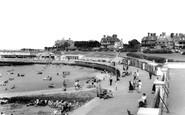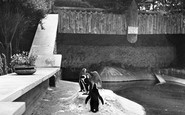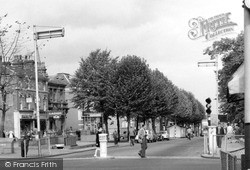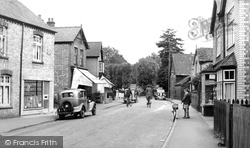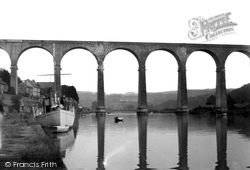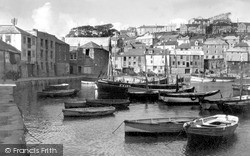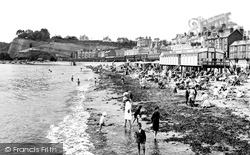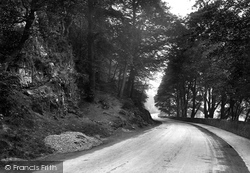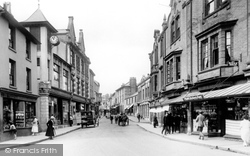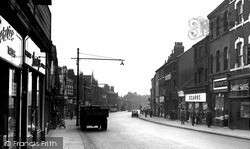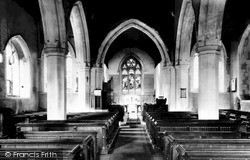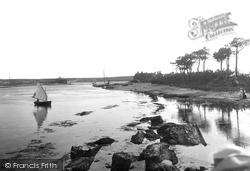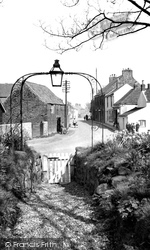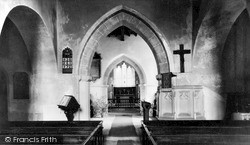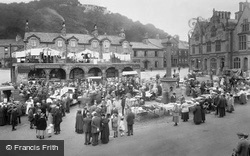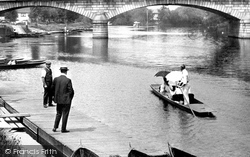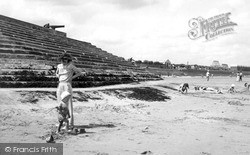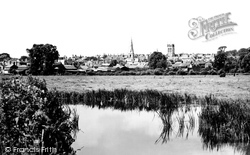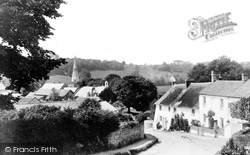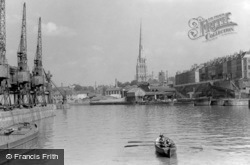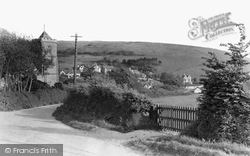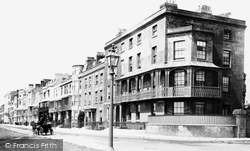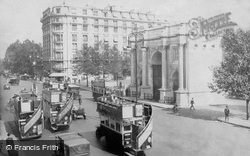Places
Sorry, no places were found that related to your search.
Photos
5 photos found. Showing results 681 to 5.
Maps
83 maps found.
Books
Sorry, no books were found that related to your search.
Memories
1,128 memories found. Showing results 341 to 350.
Westgate On Sea Holidays In The 1960s
My parents took myself and my late brother to Westgate on Sea almost every Easter from 1959 to 1971. Living in west London we caught the 2.40pm train from Victoria, arriving at Westgate on Sea about ...Read more
A memory of Westgate on Sea by
The Rectory
I grew up at the rectory in Withyham, my father Peter was Rector of Withyham and Blackham from1953 to 1986. I was the eldest of eight children. I have many fond memories of my life in Withyham and also some sad ones. My father's ashes ...Read more
A memory of Withyham in 1953 by
Barleyfield
We lived on Fishers Lane, Pensby then moved to Barleyfield Road where my little sister was born in the front bedroom of no 1. We walked down to Greenbank Junior School every day, three little kids holding hands through fields of barley ...Read more
A memory of Pensby in 1967 by
Son Of Sgt Bruce Krrc
My father was stationed at Chisledon Camp from 1939 to 1942. Living in Littlehampton on the south coast, threatened with invasion, my mother rented the end thatched cottage of the row of cottages which face the railway line ...Read more
A memory of Chiseldon in 1940 by
Wartime Memories Of Hay Part Two
Memories of Hay during the Second World War: Part Two. (Continued from Part One) Thoughts of 'Dad's Army' remind me that the local Home Guard occasionally used Forest Road for some kind of exercise. I've dim ...Read more
A memory of Hay-on-Wye in 1940 by
Wartime Memories Of Hay Part Three Final
Wartime Memories of Hay: Part Three. (Continued) Apart from Ration Books and the coupon implications for restricted purchase of food and clothing, my own recollections of life in Hay during World War ...Read more
A memory of Hay-on-Wye in 1940 by
When My Life Was Innocent And Care Free
I am an American and from 1959 to 1965 my family of seven lived on '9 The Drive', in Wellingborough, Northamptonshire, England. We were there with my father who was a U.S. Airforce Seargent stationed in ...Read more
A memory of Wellingborough in 1960 by
Village Kid
I grew up in old Denaby with my 2 older brothers. My mum had lived there from birth and still does to this day. In those days it was a real village community, unfortunately this has disapeared over the years, it is now a place for ...Read more
A memory of Old Denaby
A Walk From Shotgate Baptist Church To The Nevendon Road Part 2 See Part 1 Below
Continued from Part 1 below. Next to Martins Bank was a record shop, where I remember going with my parents and standing listening to records in the small listening ...Read more
A memory of Wickford by
His Name Was Desmond Byrne
His name was Desmonfd Byrne and he used to live in Bray in the 1970s, working at the GPO (Dublin). I do hope that someone will read this, and understand my very unperfect English: I'm from Brittany and am looking for this lost ...Read more
A memory of Bray in 1975 by
Captions
1,233 captions found. Showing results 817 to 840.
They look even more unnatural these days, as they are severely pollarded in the French style, but they would be much missed if they were removed.
The cyclists here obviously felt sufficiently safe not to worry too much about hugging the kerb and avoiding brushes with the traffic.
The lofty 12-arched viaduct spanning the Tamar took four years to build. Since opening in 1908, it has carried the branch railway from Plymouth to Gunnislake, and formerly Callington.
Along with places like Looe, Polperro and St Ives, Mevagissey has long been a fishing port much loved by artists and visitors alike.
Like Teignmouth and Lyme Regis, Dawlish was much-loved by fashionable society during the 19th century.
The road has not been improved very much today.
Notice the horse-drawn cart and the absence of much other traffic.
Along the line is the ninety-nine-arch bridge containing 800 million bricks.
Although the register dates from around 1560, the beautiful interior of the church owes much to restoration carried out in the mid-1800s.
Fashion decreed that much of Georgian society should follow the monarch's example, creating a minor bathing resort on the edge of what had been a lonely estuary.
The road here winds down towards the sea, past the church of All Saints, with its decorative wrought-iron arch. Behind the church is an attached farm and tithe barn.
The north aisle wall was moved when the aisle was widened in 1846, but the Norman arcades remain; they have three bays, with unmoulded arches of simple imposts with slight chamfering.
These date from the 17th century, and comprised several shops in an arched arcade with living accommodation above.
The three-arched structure was designed by George Rennie and opened by King William IV in the 1830s.
The cannon would not have been much use in 1940. Mablethorpe is to the right and north.
Looking along the Staffordshire & Worcestershire Canal towards the T-junction with the Trent & Mersey, an attractive bridge carries the latter's towpath across the former on a slender brick arch with
These date from the 17th century, and comprised several shops in an arched arcade with living accommodation above.
This fine view of Dorchester from the meadows alongside the River Frome shows the county town of Dorset much as Thomas Hardy would have known it when, as an apprentice architect, he would walk there
The church, St John the Baptist is essentially 14th century, although much of the interior has been re-modelled.
After 50 years, very much as one would expect, with the exception that one of the pine trees has been removed.
This huge parish church, the size of a cathedral, owes much to the generosity of Bristol's merchants, such as William Canynge (who died in 1396) and his grandson William Canynge the younger (1394?
Much of the surrounding countryside has been used for military training since World War Two.
Much later it became a fashionable seaside resort, its seafront and neighbouring streets lined with handsome Georgian and Victorian villas.
In 1908 Marble Arch lost the neighbouring neighbourhood building, and the ground was cleared as far as Park Lane to the left. It was on an island site, but this had not yet become a roundabout.
Places (0)
Photos (5)
Memories (1128)
Books (0)
Maps (83)



